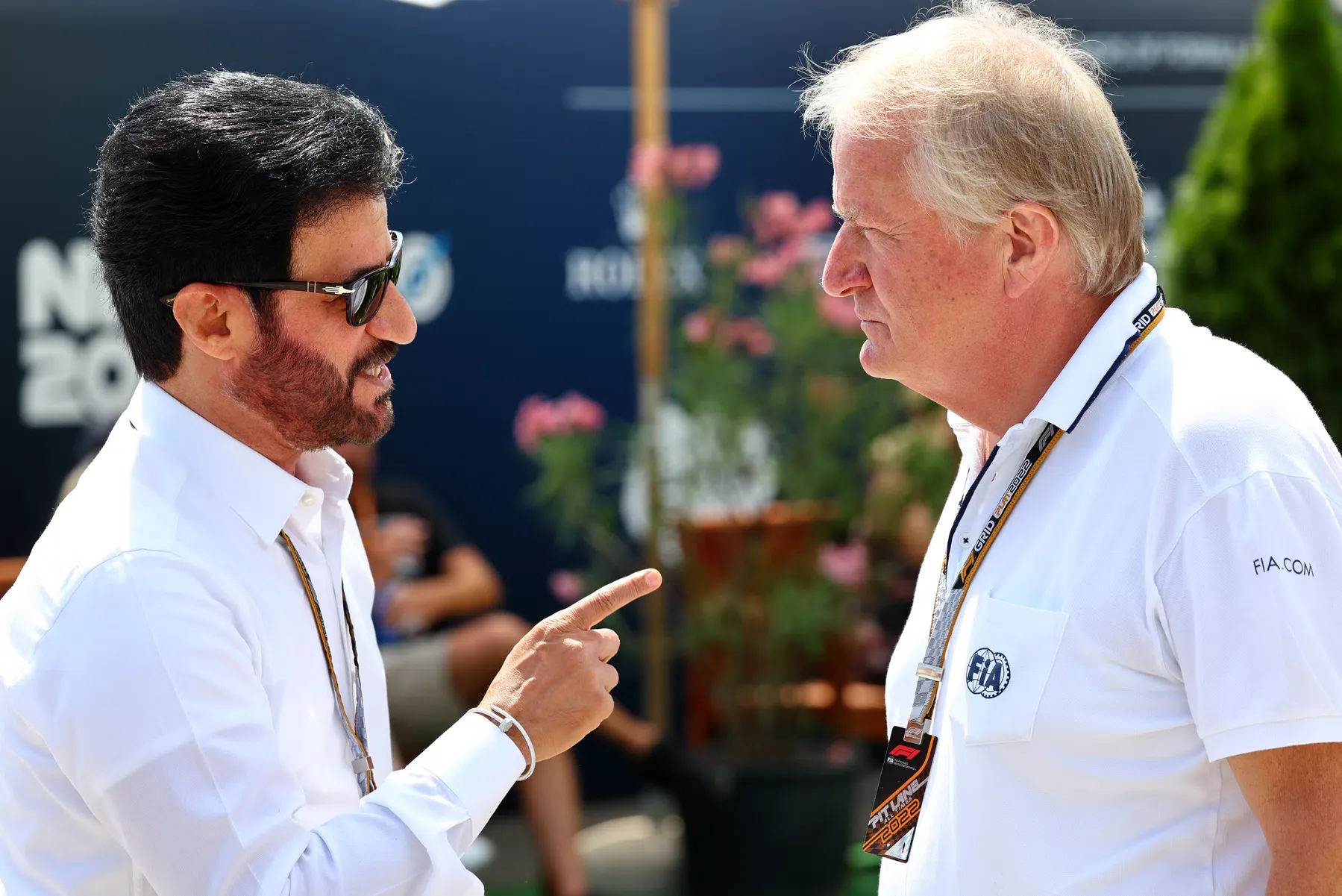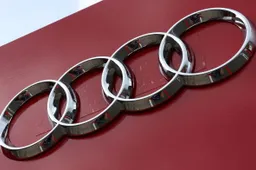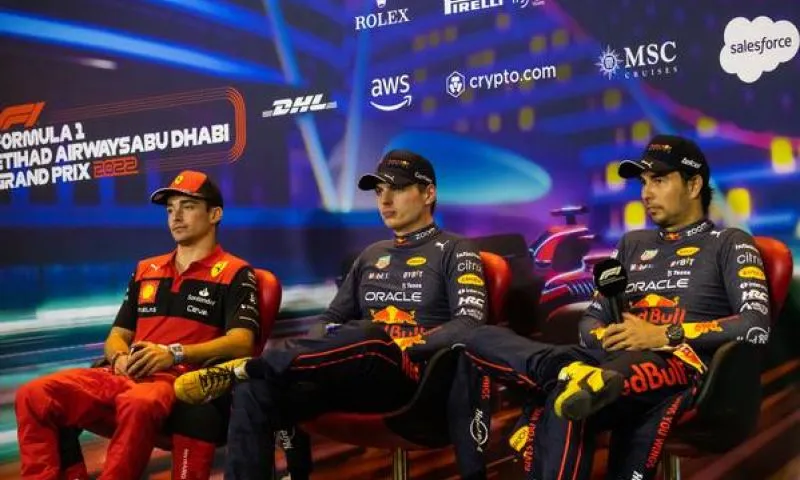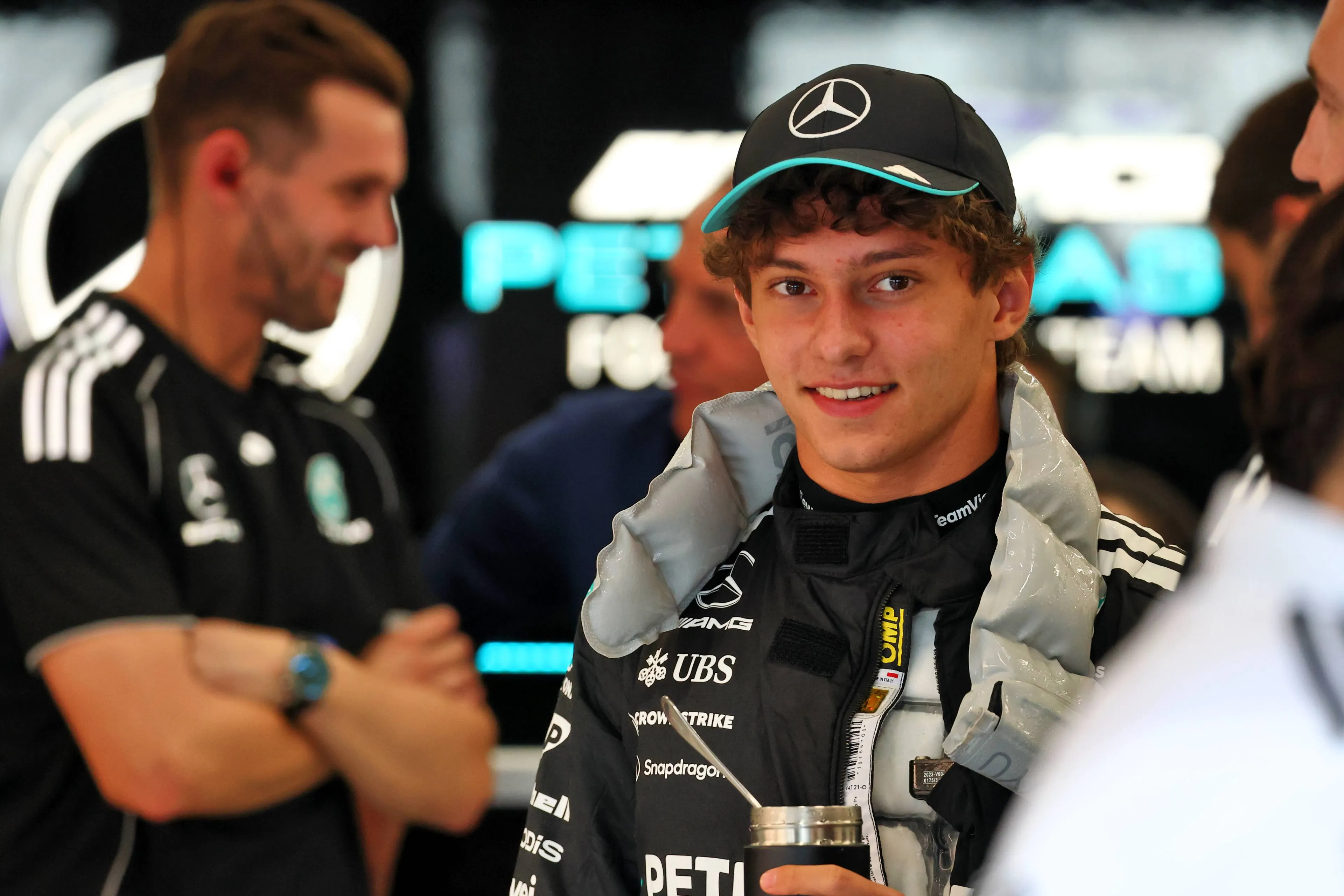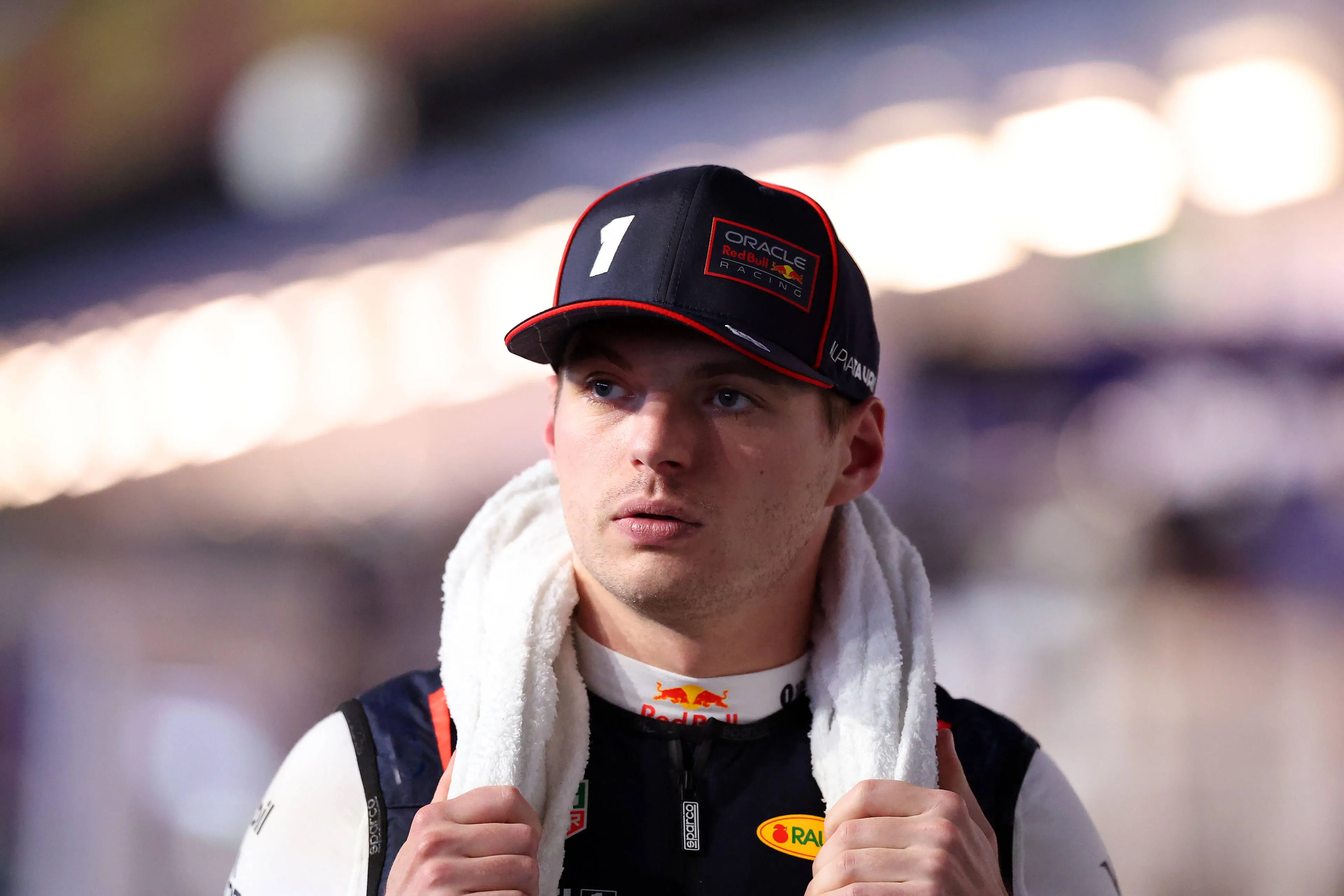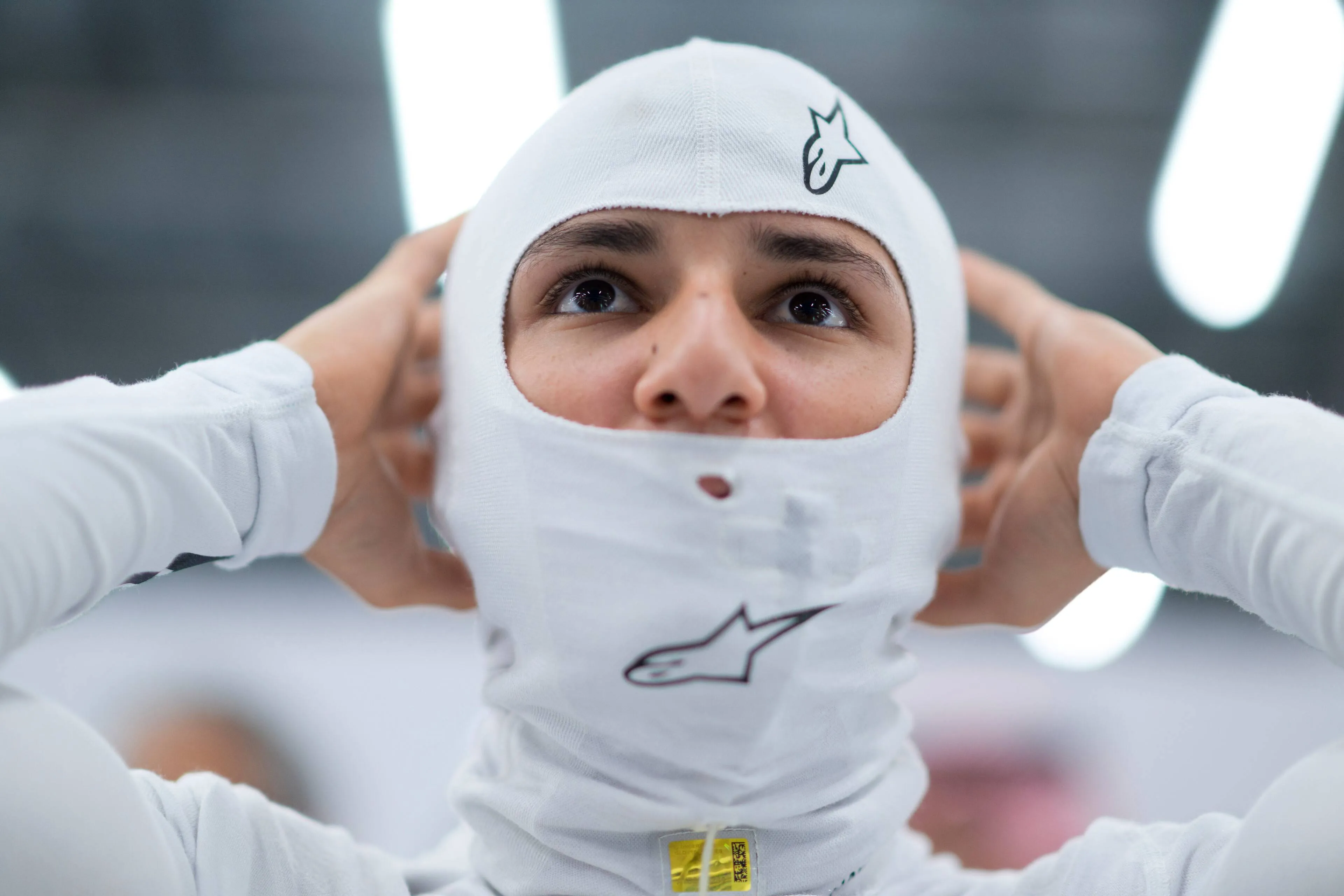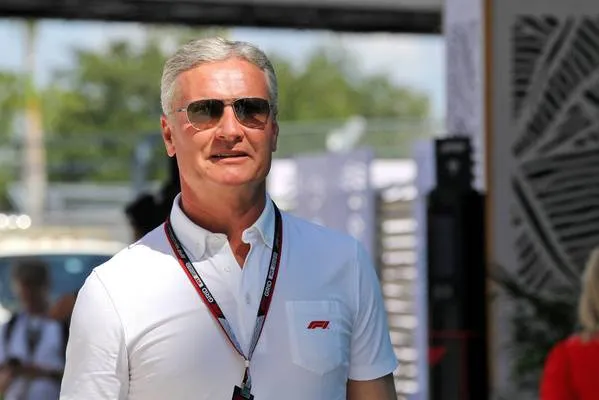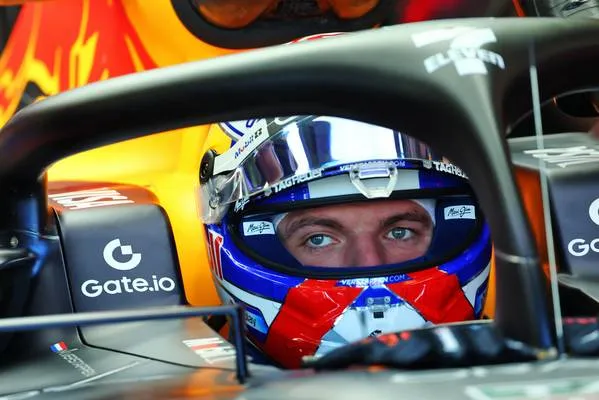FIA presents specification for '26: 'Smaller, lighter, more efficient' cars
08:30, 12 Nov 2023
14 Comments
It seems a while away, but for Formula 1 teams, the start of the '26 season is fast approaching. Not only will Red Bull Racing then start running with self-realised power units, Audi will make its entrance and Honda will start as Aston Martin's engine supplier; it is also the time when new technical regulations come into force.
The specifications for the power units are known (in very broad terms) - and hard work is underway on the engines for '26 and beyond. In several other areas, teams were still somewhat in the dark, although in Mexico the FIA gave team technical people an insight into what the requirements are going to be. The changes can be summed up in three words: 'Smaller, lighter and more efficient', Motorsport Aktuell has learned.
The FIA has called the study Fangio 5.3. It describes that the cars will no longer be 200 but 190 centimetres wide. The wheelbase will be reduced from 360 to 340 centimetres. Tyres will be 16 rather than 18 inches. So all in all, the tyres will be about 10 per cent smaller.
Formula 1 cars to become much lighter
The weight of the car is also planned to be reduced; by around 25 to 30 kilos. In terms of aerodynamics, there will also be changes, but these are yet to be decided. One point of discussion is whether to flatten the Beam Wing or diffuser in addition to the front and rear wings.
Moreover, the Venturi Tunnels may be higher, while the wings will be larger and cover the tyres even more. At the rear, an Inwash principle is prescribed, which will make the rear end less fluctuating with changes to the floor. With all these modifications - the FIA believes - overtaking will once again become a little easier.
Read more about:
Popular on GPBlog

1
Stella thankful it was Hamilton Piastri made daring move on: 'Very fair competitor'
869 times read
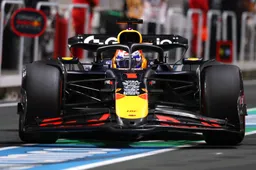
2
'Red Bull are the much more fun team; Mercedes are more professional'
659 times read
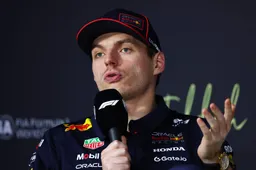
3
'Russell and Antonelli are a safer bet to Verstappen, and a lot cheaper too'
643 times read
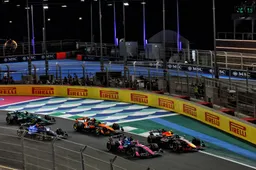
4
F1's high profile bromance in peril? 'We are fighting for our careers in F1'
587 times read
